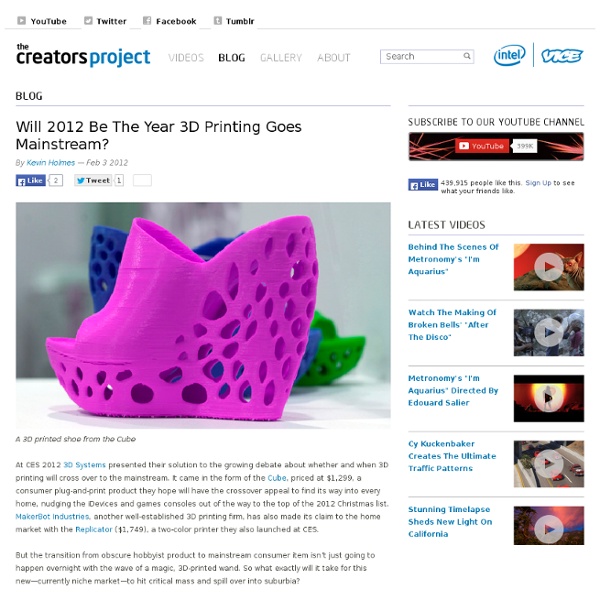Unfolding sheet metal software contains hundreds of predefined shapes and transitions « CADavenue
Plate ‘n’ Sheet Professional Software unfolds sheet metal shapes commonly used in the ducting, piping and other steel fabrication industries. Flattened shapes can be produced quickly and easily by entering values such as diameter, height and angles into a user-friendly dialogue box. Plus there is no need to construct a 3D model. Our unfolding sheet metal software easily unfold hundreds of shapes without using any drafting or 3D modeling programs. Unfold shapes with full control Our unfolding software allows gives you complete control over dimensions and other parameters that define the shape. Where possible, error messages will let you know if a parameter is not valid for the shape being created. Try Plate ‘n’ Sheet Free Our Sheet Metal Software Features: The shapes may be viewed as either a 3D model or as a flat pattern at any stage of the process. Viewing the model or sheet metal pattern: Pan Use “Pan” when you wish to center the image on the screen. Add dimensions if required. Get it today
3D-skrivare - Vetenskap & miljö
Möjligheten att tillverka fysiska föremål med hjälp av så kallade 3d-skrivare har utvecklats fort de senaste åren - alltså maskiner som till skillnad från vanliga skrivare skriver ut 3-dimensionella objekt - i olika material och färger. Tekniken spås nu föra med sig en revolution både inom tillverkningsindustrin - och i hemmet: – Det här är framtiden, säger tandteknikern Felix Farhadi i Hamburg. Hans jobb är att polera tandkronor som precis skrivits ut av en 3d-skrivare. Dagen innan skickade tandläkaren över en 3d-ritning på tanden till företaget där Felix jobbar och några timmar senare är en exakt kopia av patientens tand färdig. Verktyget är ljus. Det började för 10 år sen med tänder, för 3 år sen blev det knäproteser och höftinplantat - och nu - tillverkas avancerade motordelar och delar till flygplan med hjälp av 3d-skrivare, och det i former som är omöjliga att tillverka med traditionella metoder. Reporter Marcus Hanssonvet@sr.se
3D printing - WIKI
An ORDbot Quantum 3D printer. 3D printing or additive manufacturing[1] is a process of making a three-dimensional solid object of virtually any shape from a digital model. 3D printing is achieved using an additive process, where successive layers of material are laid down in different shapes.[2] 3D printing is also considered distinct from traditional machining techniques, which mostly rely on the removal of material by methods such as cutting or drilling (subtractive processes). A 3D printer is a limited type of industrial robot that is capable of carrying out an additive process under computer control. The 3D printing technology is used for both prototyping and distributed manufacturing with applications in architecture, construction (AEC), industrial design, automotive, aerospace, military, engineering, dental and medical industries, biotech (human tissue replacement), fashion, footwear, jewelry, eyewear, education, geographic information systems, food, and many other fields.
3D-printer inte längre science fiction | Innovation
Det kallas för 3D-print och veteranerna i branschen har varit med sedan slutet av 1980-talet. Då handlade det om att på ett smidigt sätt ta fram prototyper i plast men sedan dess har tekniken förbättrats och fått nya användningsområden. – Det som har hänt är att vi nu har en betydligt mer avancerade teknik som ger en helt annan kvalitet. Det betyder att vi börjar kunna producera saker som kan användas i slutprodukter för den vanliga konsumenten, säger Evald Ottosson på teknikföretaget Protech. – Det som sker nu är det jag drömde om för 20 år sedan. Han tror att vi inom en inte alltför avlägsen framtid kan ha 3D-printrar i exempelvis bilverkstaden för att producera reservdelar. – Tänk dig att du tar bilen till verkstaden för att få en reservdel utbytt. Han berättar om hur han själv nyligen använde sig av en 3D-printer för att laga en leksak som gått sönder. – Sambons barnbarn hade fått ett tält som gått sönder, det var det där krysset i toppen som hade spruckit där pinnarna går in.
3D Printers that Don't Suck | Wired Design
Early desktop printers were horrible. For the price of thousands of dollars one got lo-res dot matrix printouts on paper that had tractor-feed holes punched into the margins. It wasn’t pretty, but those early models paved the way for high-resolution, low-cost laser printing. Left – Fused Filament Fabrication (FFF)/Right – SLA. Same model, same size, very different results. Today’s hobby grade 3-D printers are similarly crude. This new type of hobbyist printer use Stereolithography (SLA) technology, utilizing light instead of heat to make models. The resolution of new 3-D printers far surpass the first gen systems. This pioneering technology brings three much needed improvements to home based 3-D printers: 1. Parts made on SLA systems are much higher resolution than prints from FFF machines which have bumpy, ridged surfaces. Also, since the light hardens the plastic simultaneously, the only factor impacting print speed is the height of the object. 2. 3. Yes, There Are Downsides B9 Creator



